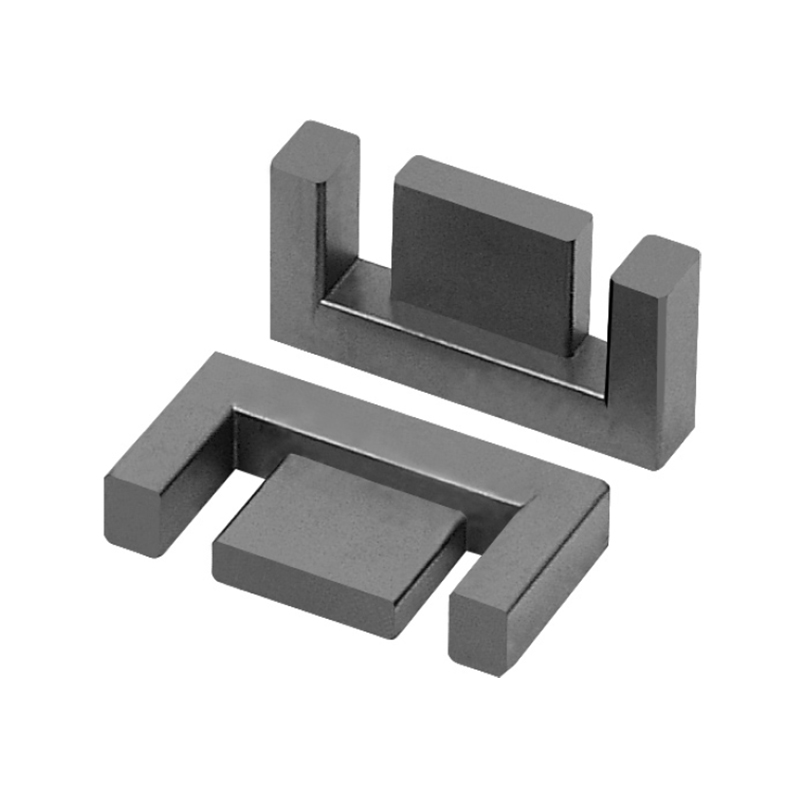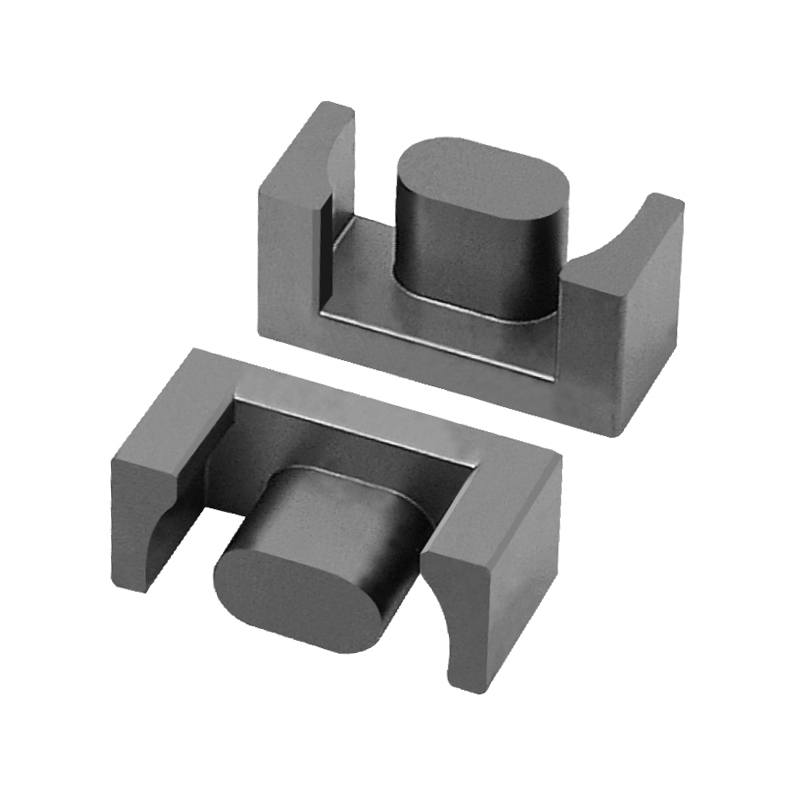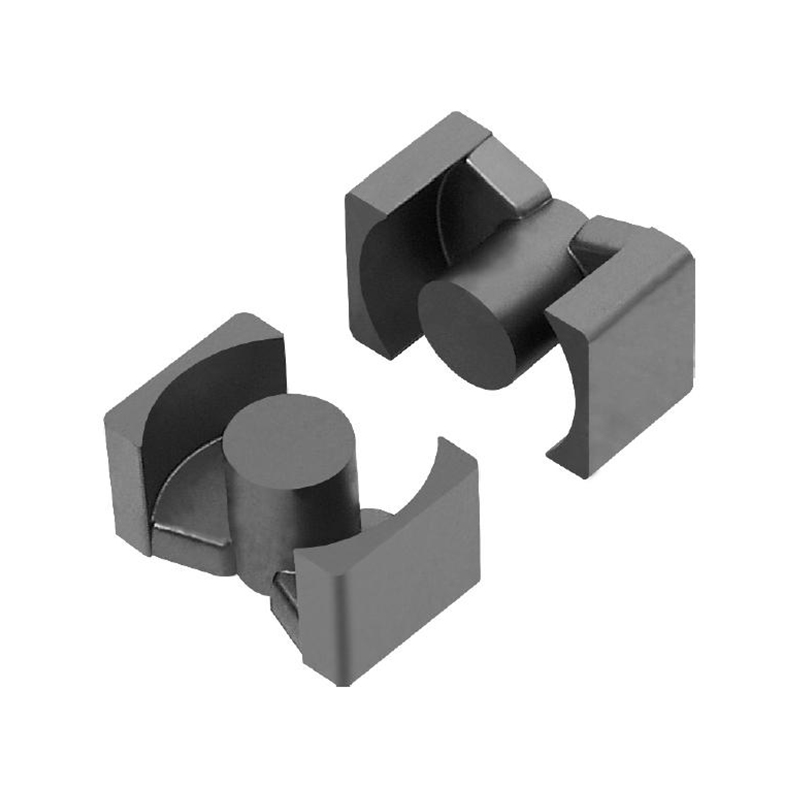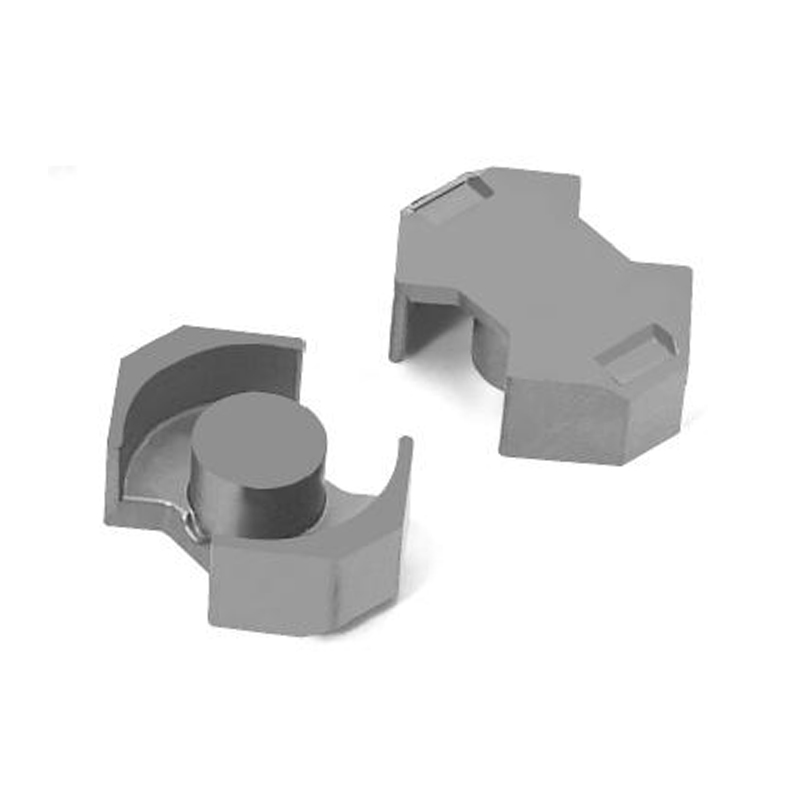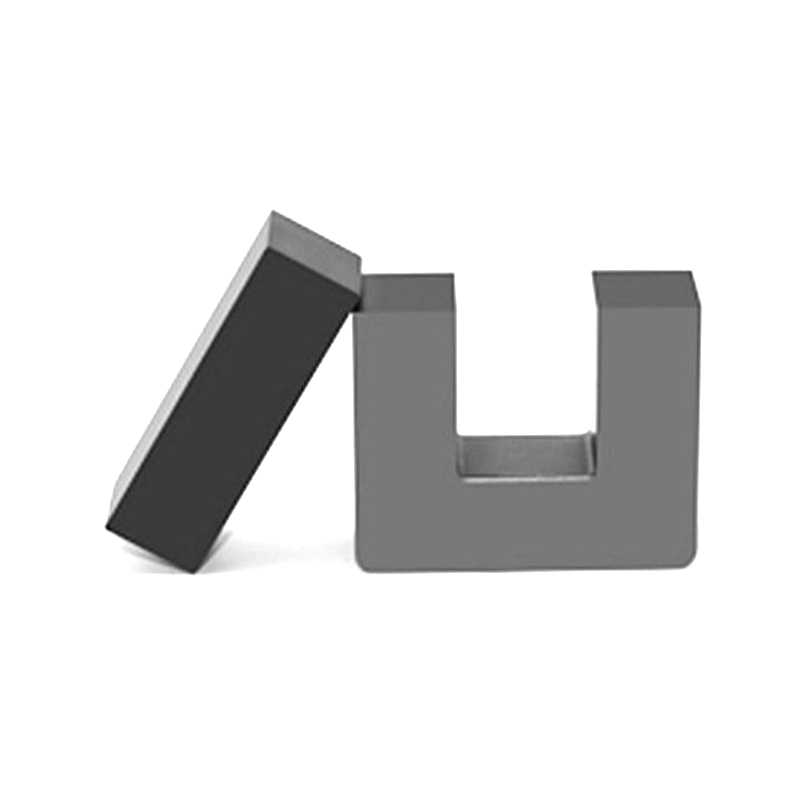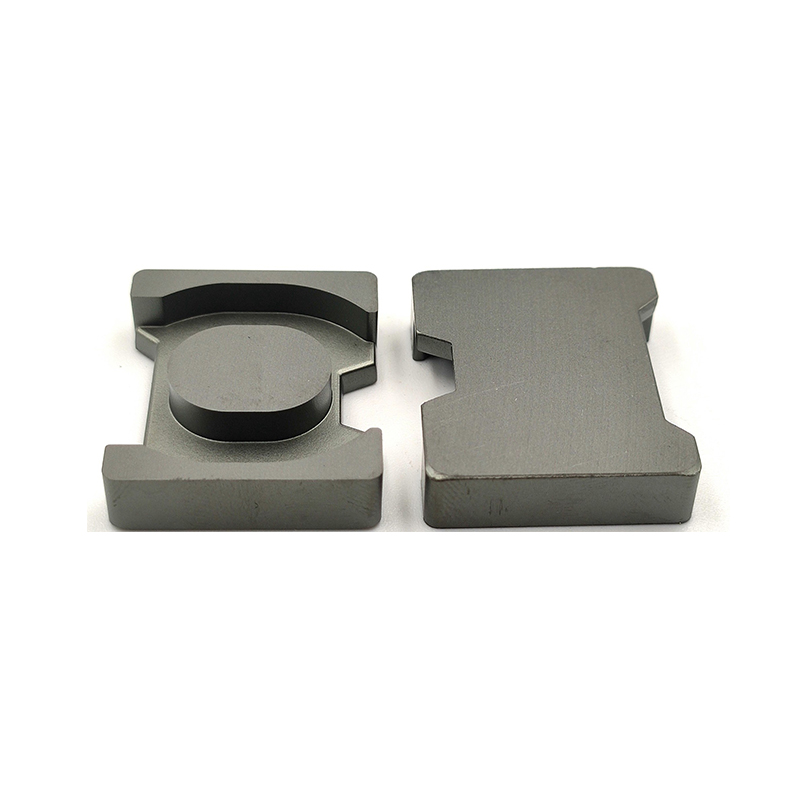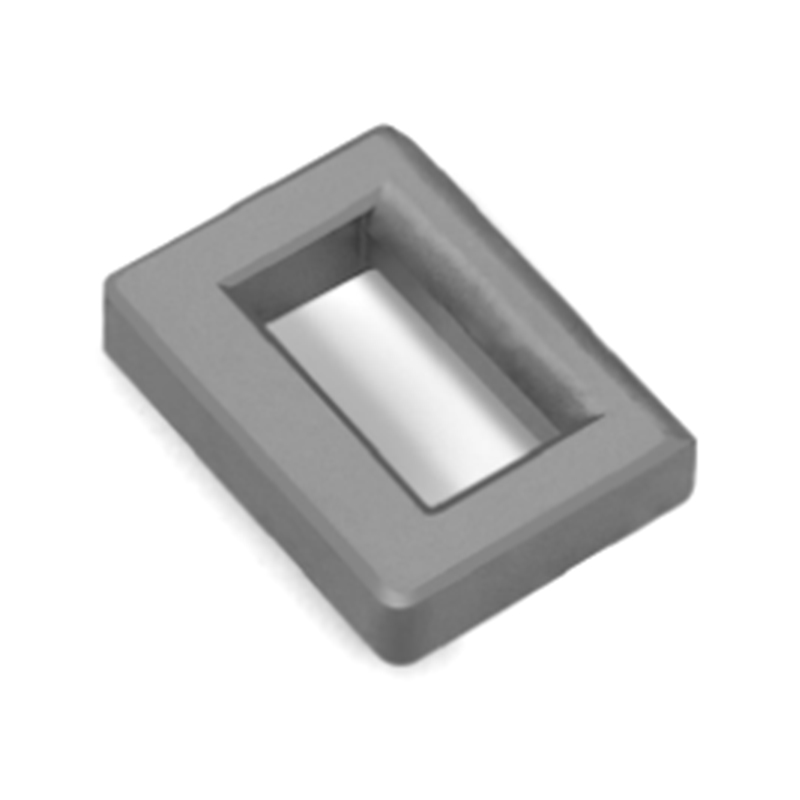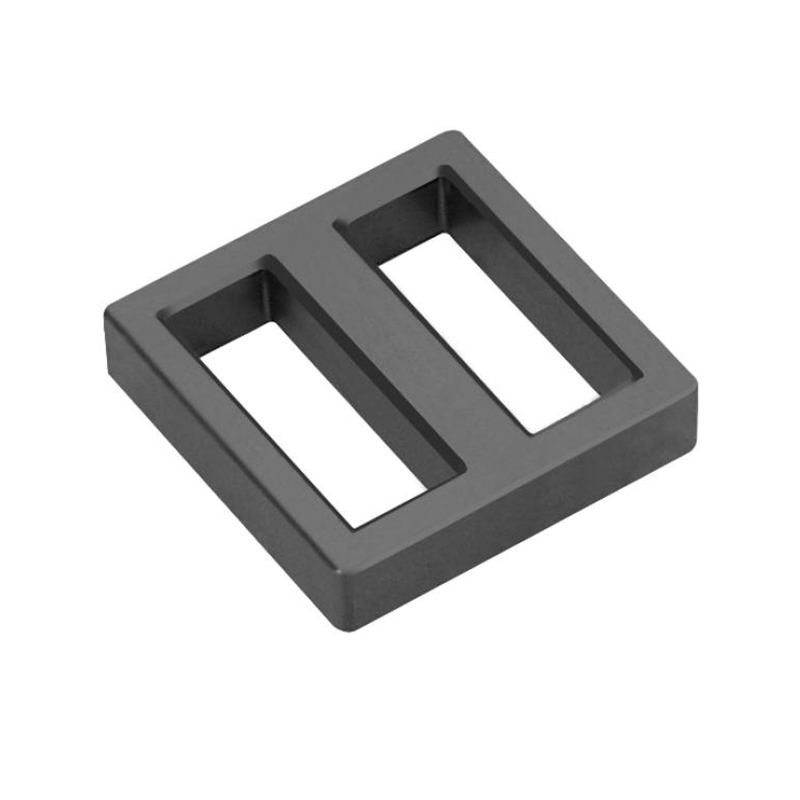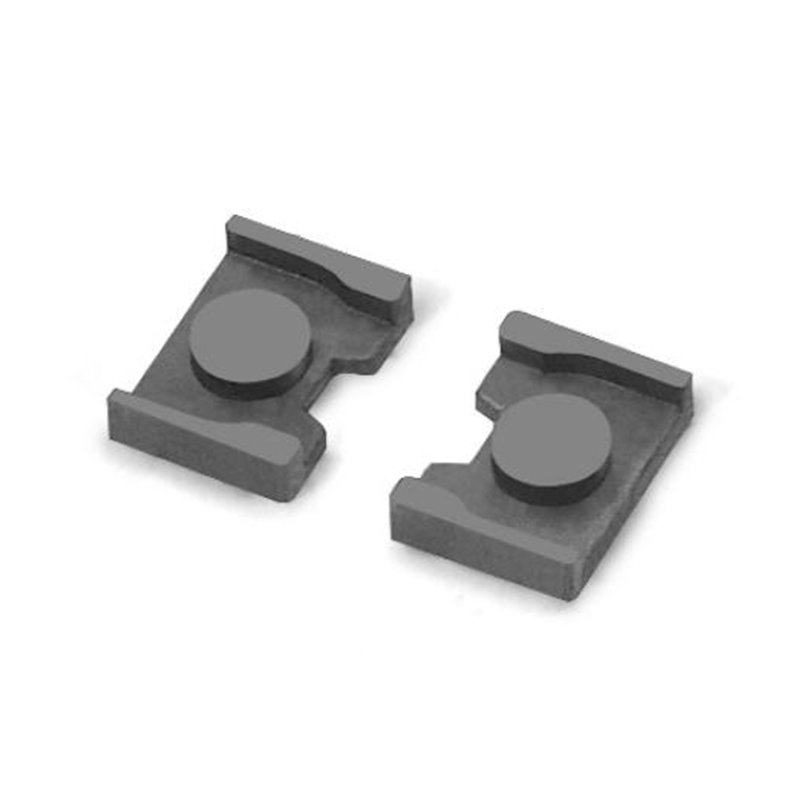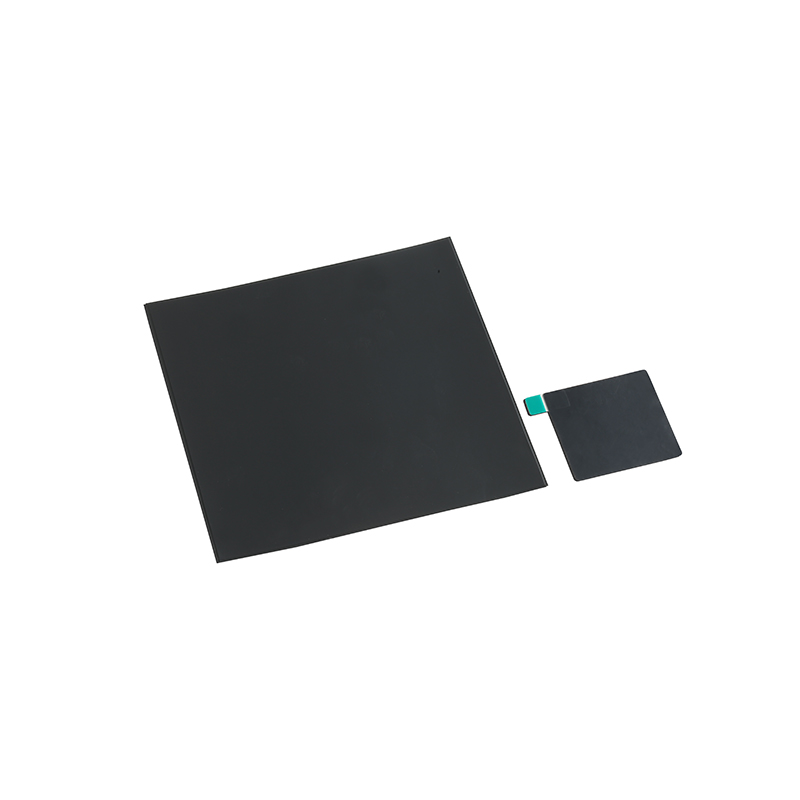The H-Shaped Inductor: Engineering Elegance in Electromagnetic Design
In the realm of electrical engineering and applied electromagnetics, the H-shaped inductor emerges as a compelling solution, marrying sophisticated design with functional excellence. This distinctive component transcends conventional coil architectures, offering unique advantages that make it indispensable in a variety of high-frequency and power applications.
At its core, the H-shaped inductor is characterized by its geometric configuration—two parallel vertical limbs connected by a horizontal crossbar, forming an unmistakable “H” silhouette. This structural paradigm diverges from typical solenoidal or toroidal inductors, introducing an alternative magnetic path that enhances both performance and versatility.
Structural Dynamics and Magnetic Properties
The H-shaped form factor facilitates an optimized magnetic flux distribution. Unlike circular coils where flux tends to disperse radially, the dual limbs and bridging cross-member of the H-shaped inductor create a concentrated and controllable magnetic circuit. This architectural nuance reduces magnetic leakage, significantly bolstering inductance density within a compact footprint.
The horizontal crossbar functions as a low-reluctance bridge, effectively linking the magnetic flux paths of the vertical limbs. This design reduces the total magnetic reluctance, resulting in a higher Q-factor—an indicator of the inductor’s efficiency and minimal energy dissipation. Such attributes render the H-shaped inductor highly suitable for applications demanding precision and minimal loss, including RF circuits, resonant converters, and electromagnetic interference (EMI) filters.
Material Considerations and Performance Optimization
Material selection plays a pivotal role in maximizing the efficacy of H-shaped inductors. The core, often fabricated from high-permeability ferrites or powdered iron composites, dictates magnetic saturation thresholds and frequency response. The geometry’s inherent flux concentration allows the use of smaller cores without compromising inductance, enabling compact, lightweight solutions especially beneficial in aerospace and portable electronics.
Moreover, the conductor windings—typically copper—are arranged to exploit the symmetrical limbs, ensuring uniform current distribution. This meticulous winding scheme mitigates parasitic capacitances and eddy currents, critical factors that degrade performance at elevated frequencies. Advances in manufacturing techniques, such as precision laser cutting and automated coil winding, have further refined the production of H-shaped inductors, ensuring consistency and reliability in mass production.
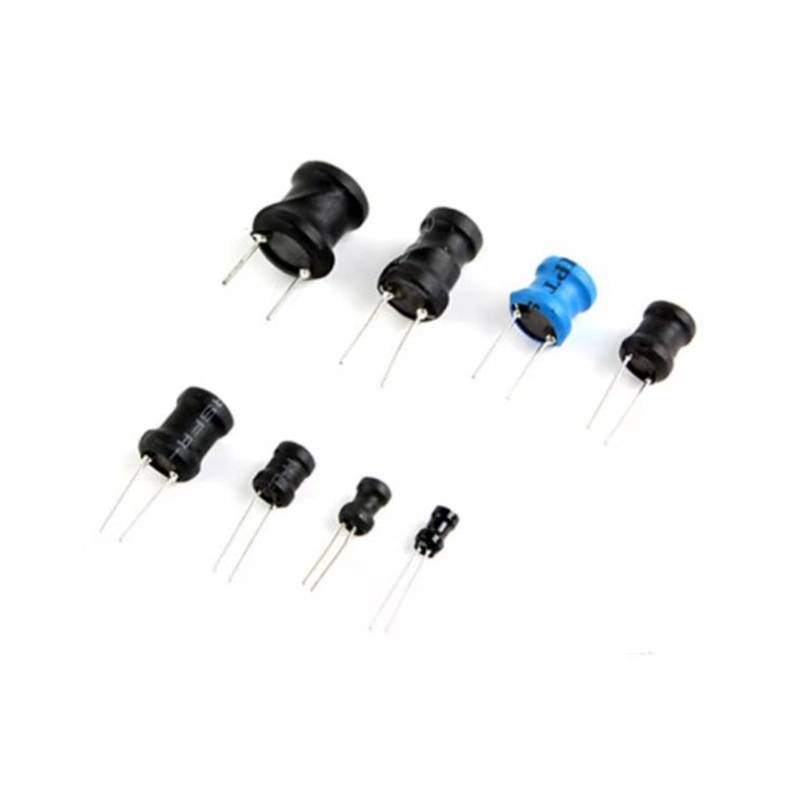
Applications and Industry Impact
The H-shaped inductor’s niche spans diverse sectors, each capitalizing on its distinctive electromagnetic profile. In power electronics, the design facilitates efficient energy storage and transfer, integral to DC-DC converters and power factor correction units. Its reduced electromagnetic interference footprint also makes it a prime candidate for EMI suppression in sensitive instrumentation.
In radio frequency engineering, the compact yet high-Q characteristics of H-shaped inductors enhance signal integrity in filters and oscillators. This ensures clearer communication signals, vital in telecommunications infrastructure and consumer wireless devices. Additionally, the geometry’s adaptability allows for custom inductance values by modifying limb dimensions and winding configurations, offering engineers a versatile toolkit for tailored electromagnetic solutions.
Challenges and Future Prospects
While the H-shaped inductor presents notable advantages, it is not without challenges. The complexity of its geometry can impose manufacturing constraints, especially when miniaturization is required. Thermal management also necessitates careful consideration, as flux concentration can induce localized heating. However, ongoing innovations in material science and cooling techniques promise to alleviate these limitations, paving the way for broader adoption.
Emerging technologies, such as integrated magnetic components and additive manufacturing, hold promise to revolutionize the H-shaped inductor’s fabrication. By integrating inductors directly into printed circuit boards or leveraging 3D printing for complex magnetic cores, engineers can unlock unprecedented design freedom and performance enhancements.
The H-shaped inductor stands as a testament to the ingenuity within electromagnetic component design. Its distinctive form factor, coupled with superior magnetic properties, offers a compelling alternative to traditional inductors. As demands for compact, efficient, and high-performance electromagnetic components escalate, the H-shaped inductor is poised to play an increasingly vital role across industries, embodying a perfect synergy of form and function in modern electrical engineering.

 中文简体
中文简体